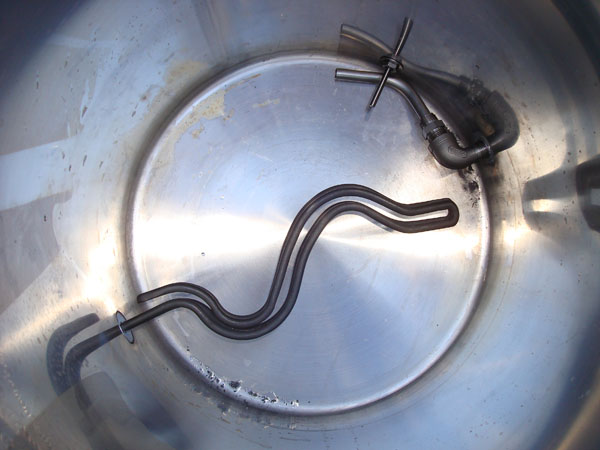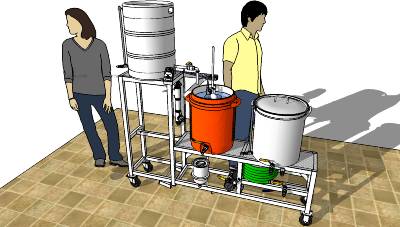Did you ever post a parts list with sources and prices? sku numbers are helpful as well.
Just finding appropriate hardware given all that is out there is a challenge.
Even knowing the source, say Mouser, you can spend hours looking for something appropriate.
Thanks - Greg M.
I have not posted a parts list. I will try to give you some of the parts numbers.
Terminal block end stop: Mouser part No.
845-CA802
Terminal block endplate: Mouser
845-EP2.5/4UN
Terminal ground block: Mouser
845-CGT4U
Terminal block: Mouser
845-CTS4U-N
Altech 2A circuit breaker: Mouser
845-1CU2R
Altech 3A circuit breaker: Mouser
845-1CU3R
Altech 15A 2-pole circuit breaker: Mouser
845-2BU15R
Altech 5A circuit breaker: Mouser
845-1BU5R
Mean Well +5V, +15V, -15V power supply: Mouser
709-PT45C
Tamura 50A Hall effect current sensor: Mouser
838-L03S050D15
24x12 VAC 50/60 Hz control transformer, 75VA: Automation Direct
PH75PG
If you open the Components window in Sketchup you will be able to glean some information from the component properties. For example:
Siemens 42CF35AJ 3-pole contactor, 50A resistive
The switches and lamps on the front panel were from whoever had a good price on Ebay, often direct from China. In my experience it is less risky to buy directly from the Chinese than from some shady two-man operation here in the US. I have always received what I ordered from China, but not always so from domestic sellers.
PIDs, SSRs and their heat sinks (40A, 25A) are from Auber Instruments. Note that Auber recommends far larger heat sinks than the ones included with some SSRs on Ebay. If you are going to mount the heat sinks inside the panel like I did, then I suggest you use Auber's recommendations. For forced air or external heat sinks you may get away with the smaller ones.
Most the other electrical parts came from Ebay or some obscure place on the web, can't remember all of it. If you have a specific parts number request I will try to look it up for you.







